Not Seeing Results on Your Veg Diet? This Vegetarian Diet Weight Loss Plan Fixes That
Tired of eating clean but not losing weight? This vegetarian diet weight loss plan shows you exactly what’s going wrong — and how to fix it with real, satisfying Indian meals.
You’re doing everything “right,” aren’t you?
Eating homemade sabzi, skipping fried food, saying no to sweets — but the scale hasn’t moved in weeks. That’s frustrating. And if you’ve ever asked yourself, “Why am I not losing weight on a vegetarian diet?” — you’re definitely not alone.
Chances are, the problem isn’t your willpower. It’s your plan.
This article gives you a vegetarian diet weight loss plan that actually works — with real Indian food, better balance, and zero confusion. If your current approach isn’t showing results, this one will.
Why a Vegetarian Diet May Not Help You Lose Weight Without the Right Plan
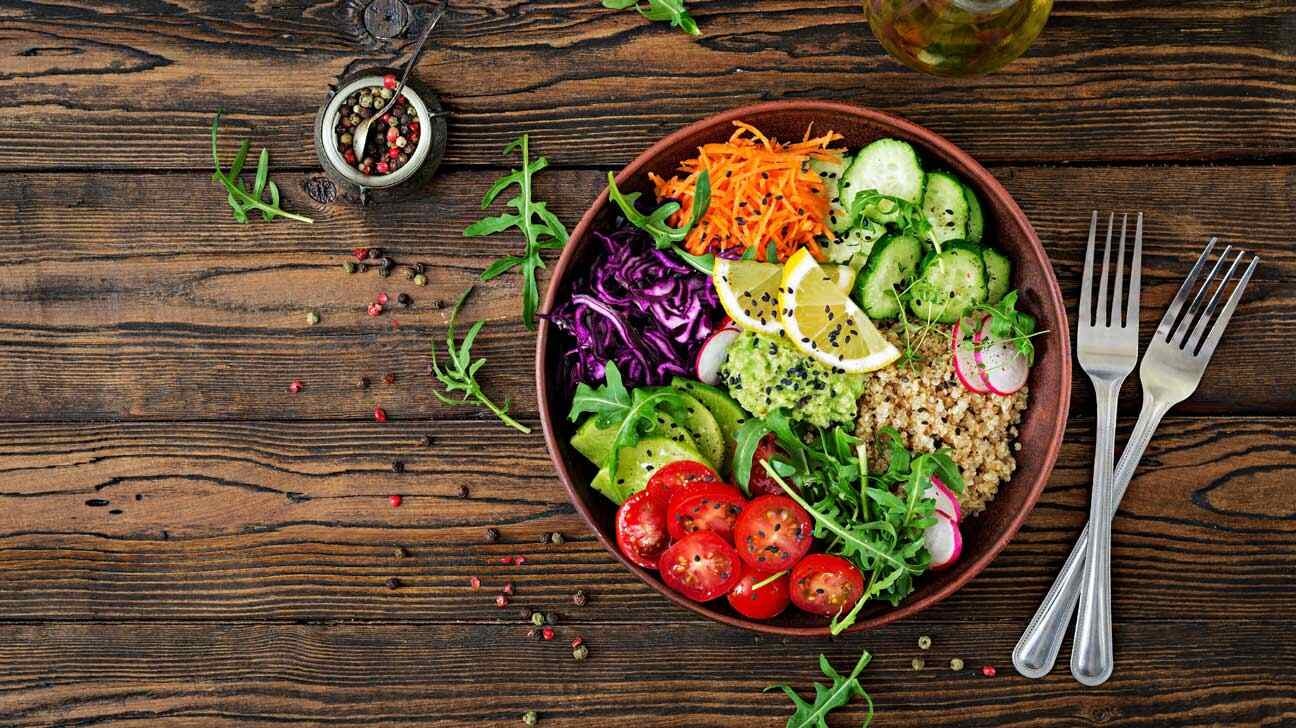
Some people follow vegetarian diets thinking it's the healthiest way to lose fat. But just cutting out animal products or choosing a plant based diet doesn’t mean the weight will drop. Without a proper weight loss plan, it’s easy to eat wrong — even with good intentions.
A lot of vegetarian eating includes refined carbs like white bread, noodles, and biscuits. These foods add too many calories without filling you up or giving you enough protein. That’s why many face weight gain instead of losing weight.
Some common mistakes include:
-
Drinking fruit juices thinking they’re healthy, but they act like sugary beverages.
-
Choosing calorie rich foods like fried snacks and sweets too often.
-
Skipping real whole grains like brown rice and eating refined grains instead.
Also, many people ignore portion control and eat more food items than needed in each meal. Even a vegetarian source like kidney beans, sweet potatoes, or vegetable stir fry can lead to weight gain if not managed. And when people avoid eating meat, they forget to replace it with meat substitutes or soy products for enough protein.
To get the real health benefits and make your plan for weight loss work, you need a balanced diet that includes:
-
Non starchy vegetables like leafy greens, bell peppers, and beans
-
Whole foods such as chia seeds, green tea, and greek yogurt
-
Healthy fats like olive oil, not just low fat diets
-
A smart mix of dairy products, pulses, and grains
This kind of healthy diet supports blood sugar balance, controls calorie intake, and helps with sustainable weight loss — something no set of crash diets or packaged snacks can offer.
In the next section, you’ll see how a proper indian diet with real indian food can turn your weight loss plan into something that actually works — with easy steps, meal ideas, and answers to how much weight you can realistically lose.
Sick of trial-and-error? Get a clinical approach to vegetarian weight loss with Balance Bite’s monthly meal plans
Common Misconceptions About Indian Food and Weight Gain

Many people think Indian food always leads to weight gain. But that’s not true. The real problem often lies in too many refined carbs, not the cuisine itself.
Some myths that cause confusion:
-
Believing rice or roti in daily meals are the reason for fat gain
-
Skipping traditional vegetables and picking fried or oily foods
-
Assuming you must eat meat to lose fat, ignoring vegetarian sources
Even non vegetarians sometimes gain weight due to poor food choices. Eating processed snacks, drinking less water, or skipping meals can slow down any weight loss diet, no matter what type of food you eat.
Good Indian meals can be healthy when you include mostly whole foods like dal, sabzi, and curd lunch. Add whole fruits, bell pepper, and avoid sweet drinks — even ones like coconut water if overdone.
A registered dietitian may suggest a lacto ovo vegetarian plan with nutrient rich foods and meat alternatives to help control weight, support blood pressure, and reduce heart disease risk.
Why Getting Enough Protein Is Crucial in a Vegetarian Diet Plan
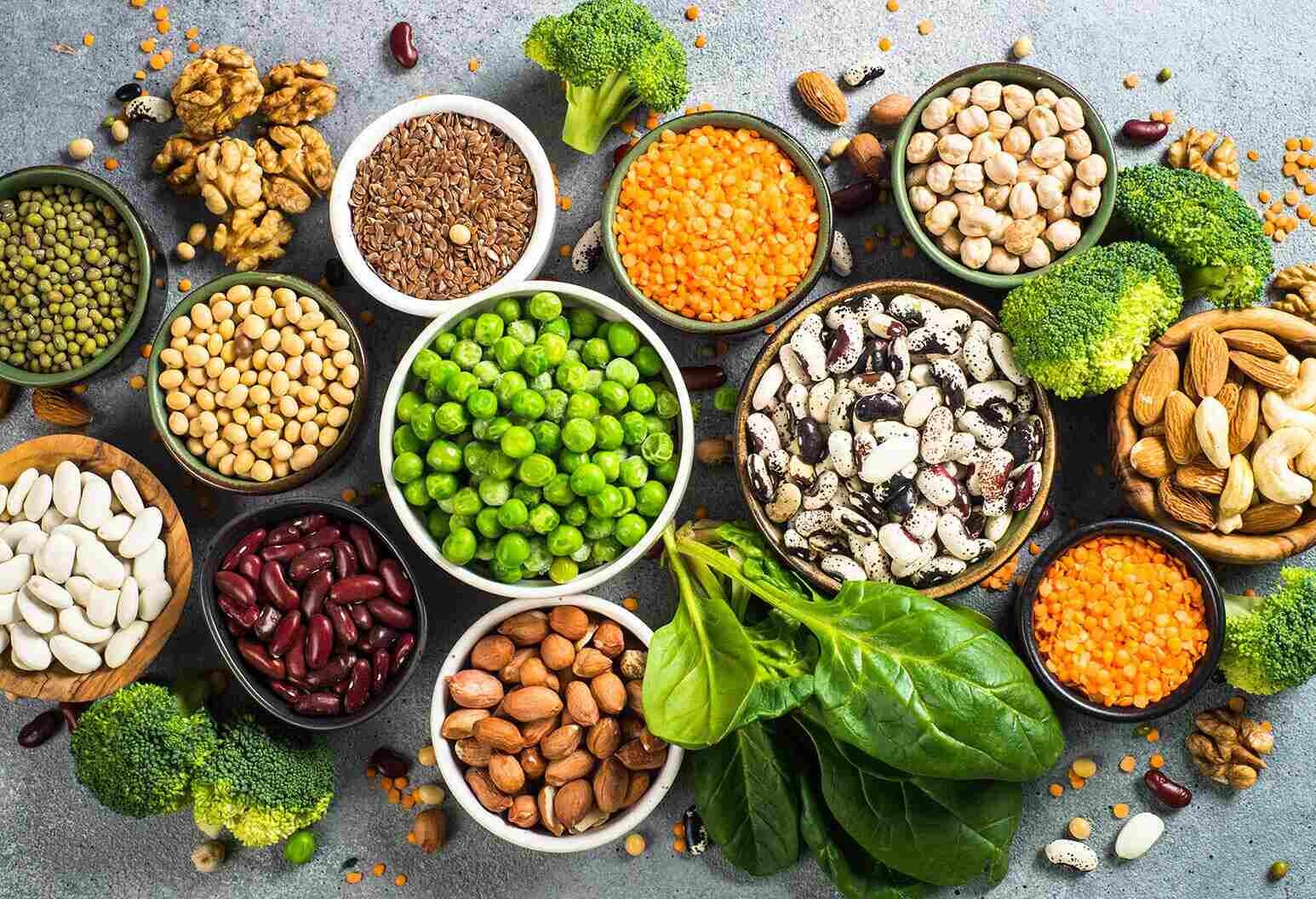
Many people think vegetarian food has little protein. But with the right vegetarian diet plan, you can get all the protein you need for healthy weight loss.
Protein helps your body:
-
Stay full longer, so you eat less junk
-
Build and protect muscles while on a weight loss diet
-
Keep your energy steady during the day
Some vegetarian sources of protein include:
-
Dairy products like curd lunch, milk, and greek yogurt
-
Soy products like tofu and tempeh
-
Pulses, lentils, kidney beans, and non starchy vegetables
If your meals lack protein, you may feel weak, gain fat, or slow down your progress. It's not about avoiding meat — it’s about finding good meat alternatives and planning your daily meals right.
To build a strong, smart diet plan, make sure every plate has enough protein. This small change can improve your results and make your weight loss diet more effective.
How Highly Processed Foods Stall Your Weight Loss Goals
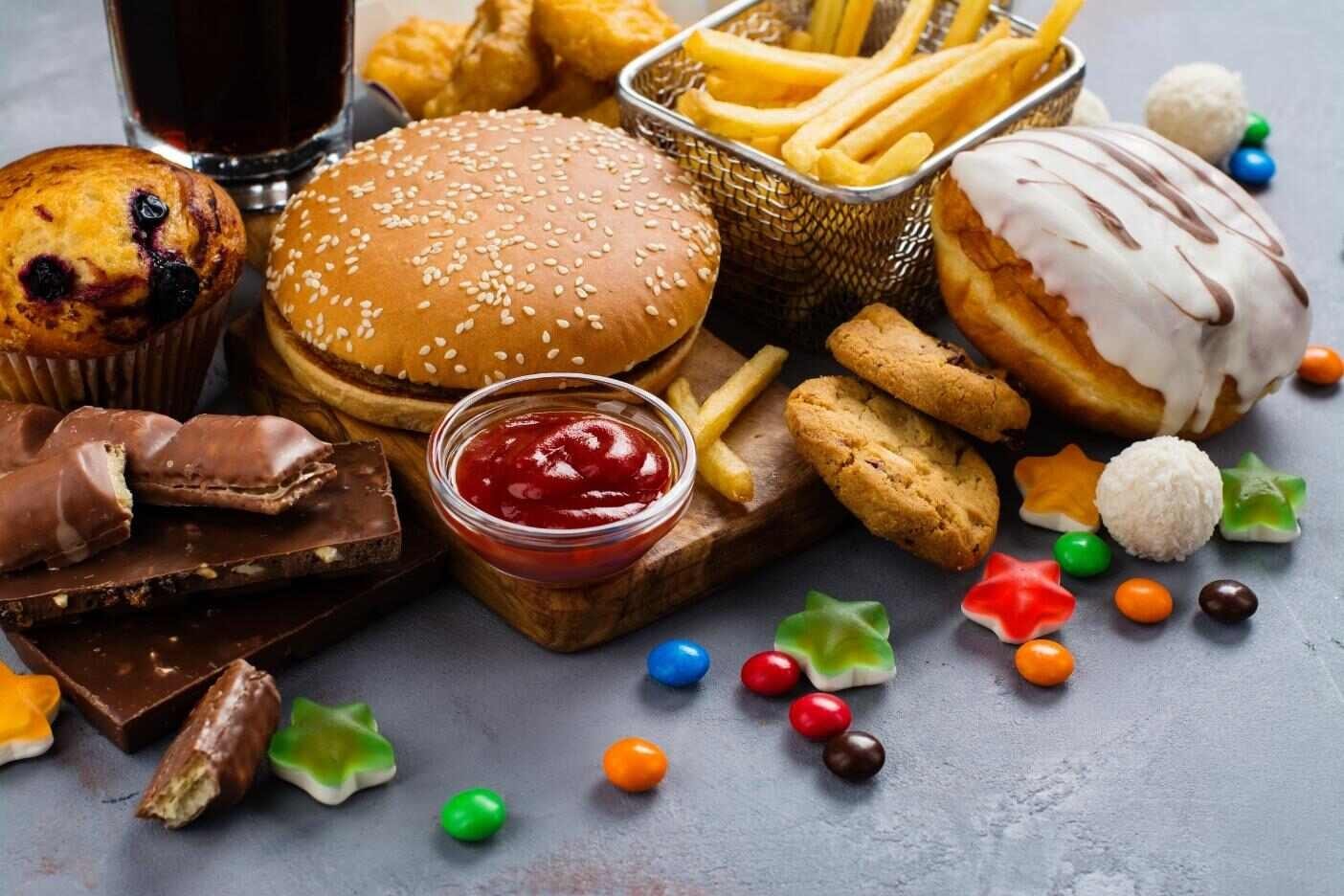
Highly processed foods may look easy and tasty, but they slow down your weight loss without you noticing. These foods are often full of sugar, oil, and added stuff your body doesn’t need.
They can lead to:
-
Eating more than needed because they don’t keep you full
-
Spikes in blood sugar, followed by crashes and cravings
-
Too much calorie intake without real nutrition
Some common items to watch out for:
-
Packaged snacks like chips, biscuits, and sugary bars
-
Frozen ready-to-eat foods
-
Instant noodles, processed cheese, and low-quality sauces
Instead of these, pick mostly whole foods and home-cooked meals. Simple swaps make your diet plan for weight more effective and support long-term results.
Indian Vegetarian Diet Plan for Weight Loss: Sample Meals and Weekly Structure
Here's a simple and practical 7-day Indian vegetarian diet plan for weight loss, with a daily structure from breakfast to dinner, including filling meals made from whole foods, using Indian ingredients that are easy to find and prepare.
Day 1
-
Breakfast: Vegetable upma + 1 bowl curd
-
Mid-morning: Handful of roasted chana or almonds
-
Lunch: 1 multigrain roti + dal + mixed sabzi + cucumber salad
-
Evening: 1 cup green tea + roasted makhana
-
Dinner: Quinoa khichdi with moong dal + sautéed spinach
Day 2
-
Breakfast: Oats porridge with low-fat milk + sliced banana
-
Mid-morning: Coconut water + a few peanuts
-
Lunch: Brown rice + rajma curry + carrot-beet salad
-
Evening: Buttermilk + roasted chana
-
Dinner: Grilled paneer + stir-fried vegetables (like bell pepper, broccoli)
Day 3
-
Breakfast: 2 besan chilla + mint chutney
-
Mid-morning: 1 apple or orange
-
Lunch: 1 jowar roti + palak dal + curd lunch
-
Evening: Green tea + murmura with peanuts
-
Dinner: Vegetable stew + 1 small portion brown rice
Day 4
-
Breakfast: Poha with peanuts + lemon
-
Mid-morning: 1 glass lemon water + handful of sprouts
-
Lunch: 1 bajra roti + mix veg + dal + salad
-
Evening: Buttermilk + 1 boiled sweet potato
-
Dinner: Grilled tofu + stir-fried non starchy vegetables
Day 5
-
Breakfast: Multigrain toast + avocado or hung curd spread
-
Mid-morning: 1 pear or guava
-
Lunch: Brown rice + chana curry + mixed salad
-
Evening: Herbal tea + roasted makhana
-
Dinner: Moong dal cheela + lauki sabzi
Day 6
-
Breakfast: Ragi dosa + tomato chutney
-
Mid-morning: 1 cup low-fat greek yogurt + flax seeds
-
Lunch: 1 wheat roti + dal tadka + bhindi fry + salad
-
Evening: Lemon water + 1 boiled egg (optional for lacto-ovo)
-
Dinner: Oats khichdi + sauteed veggies
Day 7
-
Breakfast: Idli (2) + sambhar + coconut chutney
-
Mid-morning: Whole fruits like watermelon or papaya
-
Lunch: Quinoa pulao + mixed vegetable curry + curd lunch
-
Evening: Green tea + 1 banana or handful of roasted seeds
-
Dinner: Tofu bhurji + 1 jowar roti + steamed broccoli
Looking for a plan that goes beyond just advice? Try Balance Bite’s clinically-backed vegetarian diet plans with monthly curated groceries.
The Role of a Balanced Diet in Weight Loss
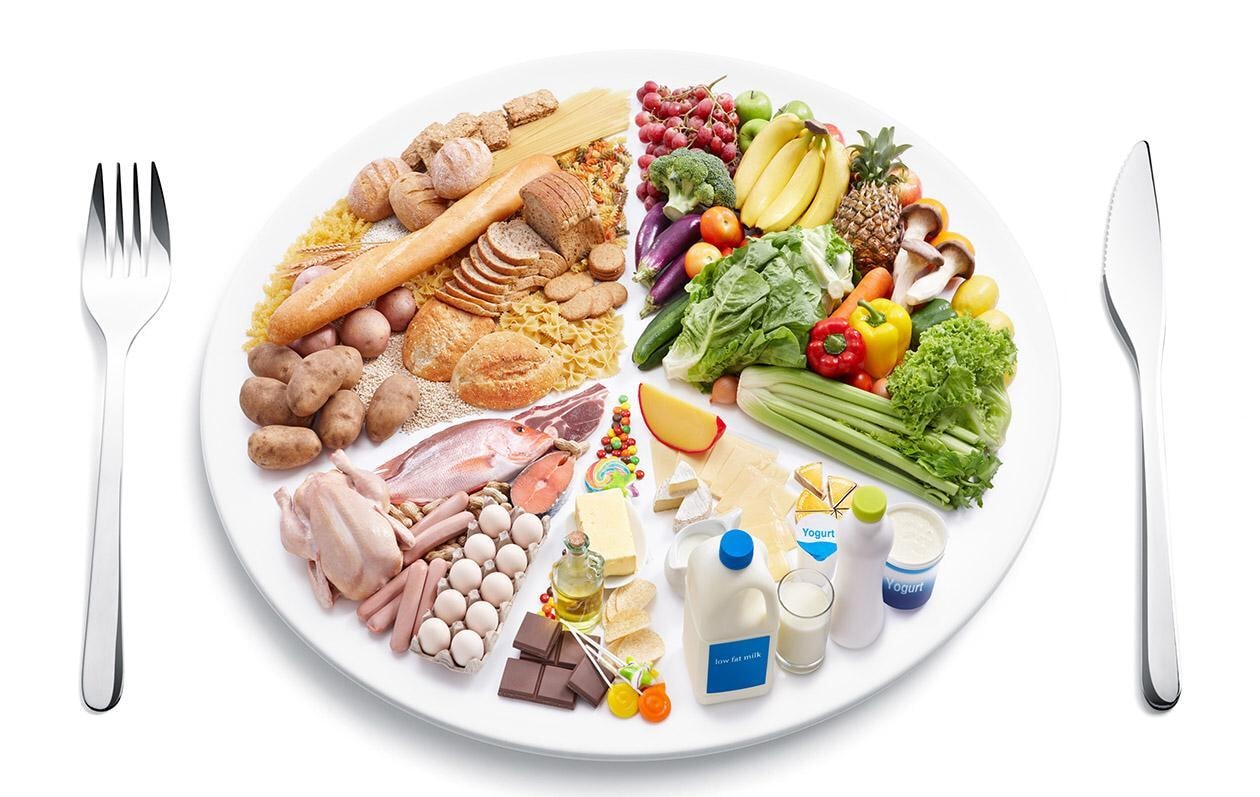
A balanced diet means eating the right mix of carbs, proteins, fats, fiber, and vitamins. It helps your body stay healthy and supports steady weight loss.
Many people cut too much food or follow extreme rules. This can lead to:
-
Feeling weak or tired
-
Slow fat loss or even weight gain later
-
Cravings that cause you to overeat later
A proper weight loss diet gives your body fuel without extra calories. It should include:
-
Protein from vegetarian sources like dal, tofu, and dairy products
-
Carbs from whole grains like oats or brown rice, not white bread
-
Healthy fats like nuts, seeds, or small amounts of ghee
When you follow a good mix, your body gets all the nutrient rich foods it needs. This keeps your energy up, supports blood sugar control, and helps you stick to your diet plan for weight without quitting.
How Much Weight Can You Lose on an Indian Diet Plan?

How much weight you can lose depends on what you eat, how active you are, and how consistent your routine is. Even on an Indian diet plan, results take time.
On average, people lose:
-
0.5 to 1 kg per week with a good weight loss diet
-
More in the first week (mostly water weight)
-
Slower, steady fat loss after that
Real change happens when your diet is balanced and not too strict. A smart plan includes:
-
Less refined carbs, more whole grains like brown rice
-
Enough fiber from vegetables and whole fruits
-
Steady calorie intake based on your activity level
The goal is sustainable weight loss, not crash results. With an Indian meal pattern, it’s possible to lose fat while enjoying regular foods like roti, dal, sabzi, and curd lunch — as long as your portions and nutrients are right.
Steps to Manage Blood Sugar While Following a Vegetarian Diet Plan
Even on a vegetarian diet, blood sugar can rise if you don’t choose the right foods. The steps below help you manage sugar levels using Indian meals and habits you can actually follow.
Step 1: Choose Low Glycemic Index Indian Food Options
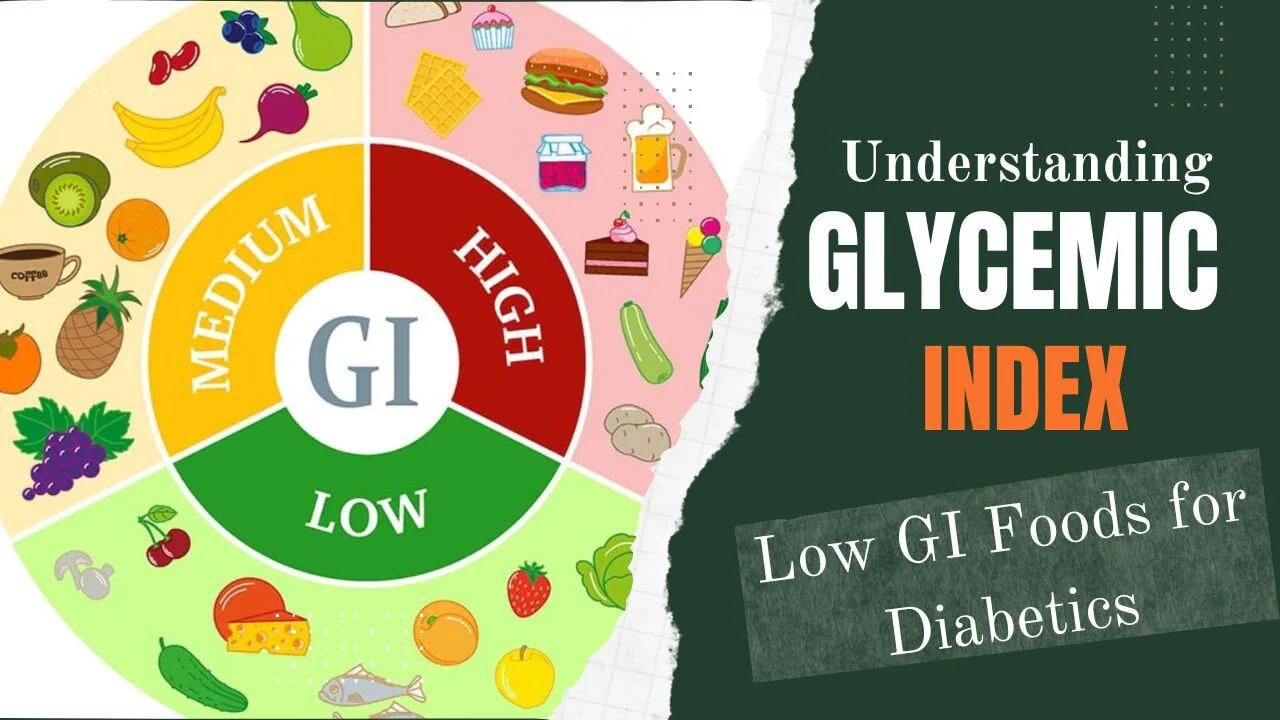
Some foods raise blood sugar faster than others. Low glycemic index (GI) options release energy slowly and help you stay stable.
Smart low-GI choices include:
-
Brown rice, barley, and oats instead of white rice
-
Whole grains like millets, rajgira, and wheat
-
Legumes, dals, and sprouts
Eating these in your daily meals helps you avoid sugar spikes and supports long-term control.
Step 2: Balance Each Meal With Enough Protein
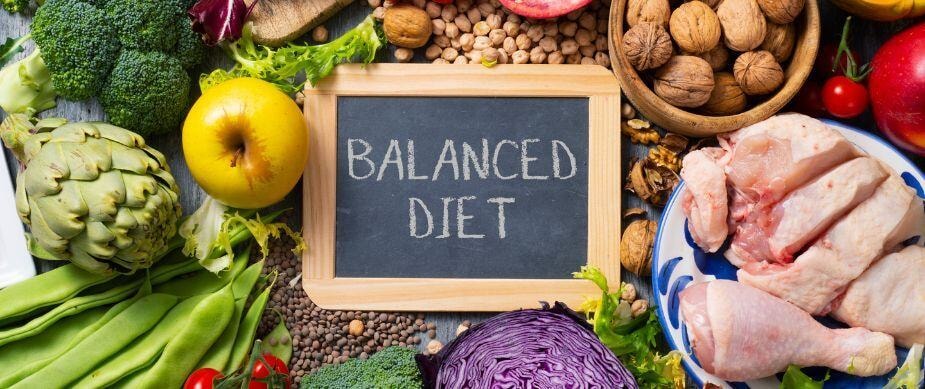
Meals low in protein digest fast and can raise sugar levels quickly. Adding enough protein slows digestion and helps you feel full.
Good vegetarian proteins include:
-
Paneer, tofu, and soy products
-
Dals, chana, kidney beans, and dairy products
-
Nuts, seeds, and greek yogurt
When you balance your meals this way, your energy stays steady, and cravings stay low.
Step 3: Limit Highly Processed Foods and Sugary Drinks
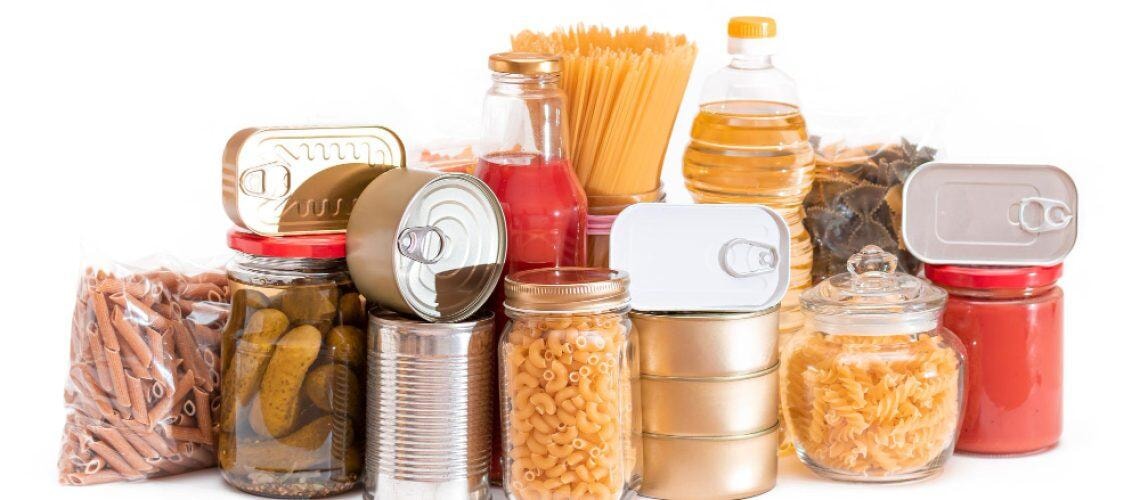
Highly processed foods often contain hidden sugars and unhealthy fats. These make your sugar levels jump fast.
Try to avoid:
-
Chips, biscuits, and packaged snacks
-
Ready-made sauces and instant mixes
-
Sugary beverages like soft drinks and packed fruit juices
Replace them with simple snacks like roasted nuts, whole fruits, or homemade options.
Step 4: Eat Smaller, Frequent Meals Instead of Heavy Plates

Heavy meals cause big sugar spikes, especially if packed with refined carbs. Smaller meals help your body handle sugar better.
Here’s how to spread meals:
-
3 main meals + 2 light snacks
-
Don’t go long hours without eating
-
Avoid skipping meals, especially breakfast
This method also helps with better hunger control and more balanced eating.
Step 5: Add Fiber-Rich Foods to Every Plate
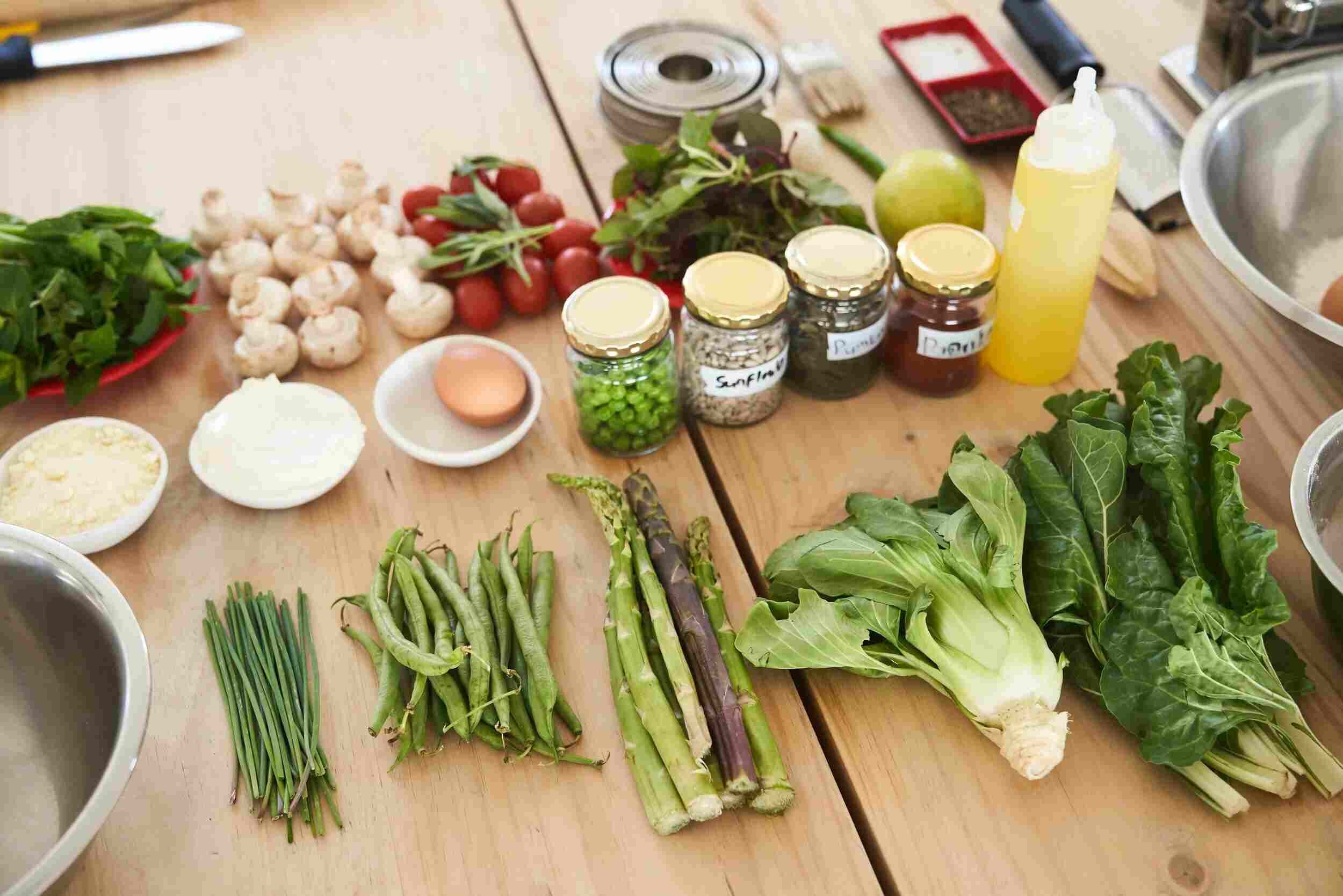
Fiber slows digestion and stops sugar from rising too fast. Many vegetables and whole grains give your body the fiber it needs.
Add these to your meals:
-
Leafy greens, carrots, bell pepper, and beans
-
Salads, stir-fries, or cooked sabzi
-
Chia seeds, flax seeds, and whole fruits
Eating more fiber also supports digestion and keeps your gut healthy.
Step 6: Monitor Portion Sizes of Calorie Rich Foods
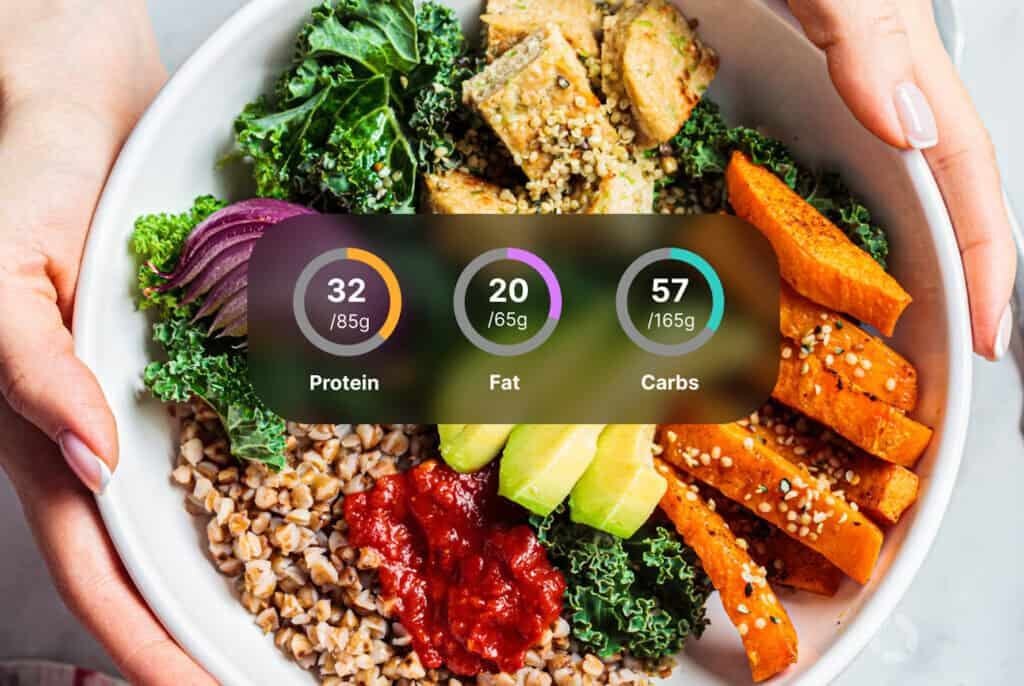
Even healthy food can raise sugar if you eat too much. Watching how much you eat is as important as what you eat.
Control your intake of:
-
Rice, roti, potatoes, and ghee
-
Nuts and healthy fats like olive oil
-
Dried fruits and sweet potatoes
Use small plates and serve less to help manage calorie intake easily.
Step 7: Stay Hydrated and Time Your Meals Well

Water supports blood flow and helps the body use insulin properly. Meal timing also matters to avoid sugar ups and downs.
Tips to follow:
-
Drink 7–8 glasses of water daily
-
Eat meals at the same time each day
-
Include drinks like coconut water or green tea without added sugar
Good habits like these make a big difference in your overall blood sugar control.
Stop guessing your meals. Balance Bite gives you a custom food plan based on your blood reports—built by expert nutritionists.
Tips to Make Your Indian Diet Sustainable for Long-Term Weight Loss

An Indian diet can help you lose weight, but only if you can follow it for months without giving up. These tips make your meals practical, enjoyable, and easier to stick to in daily life.
Tip 1: Rotate Indian Food Varieties to Avoid Boredom
Eating the same food every day makes you lose interest. Mixing up dishes keeps the diet fresh and stops cravings.
Ideas to rotate:
-
Switch between whole grains like brown rice, jowar, or millets
-
Try different vegetables and seasonal fruits
-
Add new recipes to your weekly list
This helps you stay on track and enjoy your meals without cheating.
Tip 2: Plan Weekly Meals Instead of Daily Decisions
Thinking about meals every day is stressful and leads to random choices. Planning once a week saves time and prevents unhealthy picks.
Practical steps:
-
Write a simple menu for the next 7 days
-
Stock up on pulses, vegetarian sources of protein, and nutrient rich foods
-
Include quick snacks like roasted chana or whole fruits
Meal planning helps you stick to your weight loss diet with less effort.
Tip 3: Include Small Portions of Favorites to Curb Cravings
Cutting everything you love makes you quit faster. Small portions of your favorite Indian foods can keep you satisfied without harming progress.
Smart ways to do this:
-
Add a small sweet once or twice a week
-
Use healthy fats like nuts or a little ghee instead of banning them
-
Balance your plate with fiber-rich vegetables and pulses
This stops binge eating and supports sustainable change.
Tip 4: Avoid Extreme Restrictions That Aren’t Realistic
Crash diets don’t last. Very low calories or banning whole food groups can lead to weight gain later.
Better approach:
-
Follow a balanced diet instead of cutting out all carbs or fats
-
Focus on mostly whole foods and fewer highly processed foods
-
Eat at regular times and avoid skipping meals
This helps with steady fat loss and keeps your energy stable.
Tip 5: Prep Ingredients in Advance to Save Time
Busy schedules make healthy eating hard. Prepping ingredients makes it easier to cook healthy meals quickly.
Simple prep ideas:
-
Chop non starchy vegetables in bulk
-
Soak pulses or sprout them overnight
-
Make chutneys or mixes for the week
This cuts cooking time and keeps you from ordering junk food.
Tip 6: Stay Flexible During Festivals or Travel
Strict rules don’t work during special days or trips. Flexibility helps you enjoy occasions without breaking your plan completely.
Tips for this:
-
Control portions instead of avoiding everything
-
Pick lighter options like grilled paneer instead of fried snacks
-
Drink enough water and walk when possible
This keeps your plan steady even when life isn’t.
Tip 7: Track Progress Monthly, Not Daily
Daily tracking can make you anxious. Checking results once a month gives a clearer picture of true progress.
How to track smartly:
-
Measure your waist and weight every 4 weeks
-
Note how your energy and clothes feel
-
Adjust your diet plan for weight if you’re stuck
This approach helps you stay motivated and build a habit of sustainable weight loss.
Conclusion
Now that you’ve read this far, it’s clear you’re not just looking for another quick fix — you’re serious about doing it right.
So don’t wait for the “perfect time.” Start with what you have, keep it simple, and let progress build. You don’t need to figure it all out today — you just need to take the next step forward with purpose.
Struggling to make your Indian meals work for fat loss? Balance Bite combines portion guides, groceries, and expert support—all in one




















Leave a comment
Translation missing: en.blogs.comments.discription